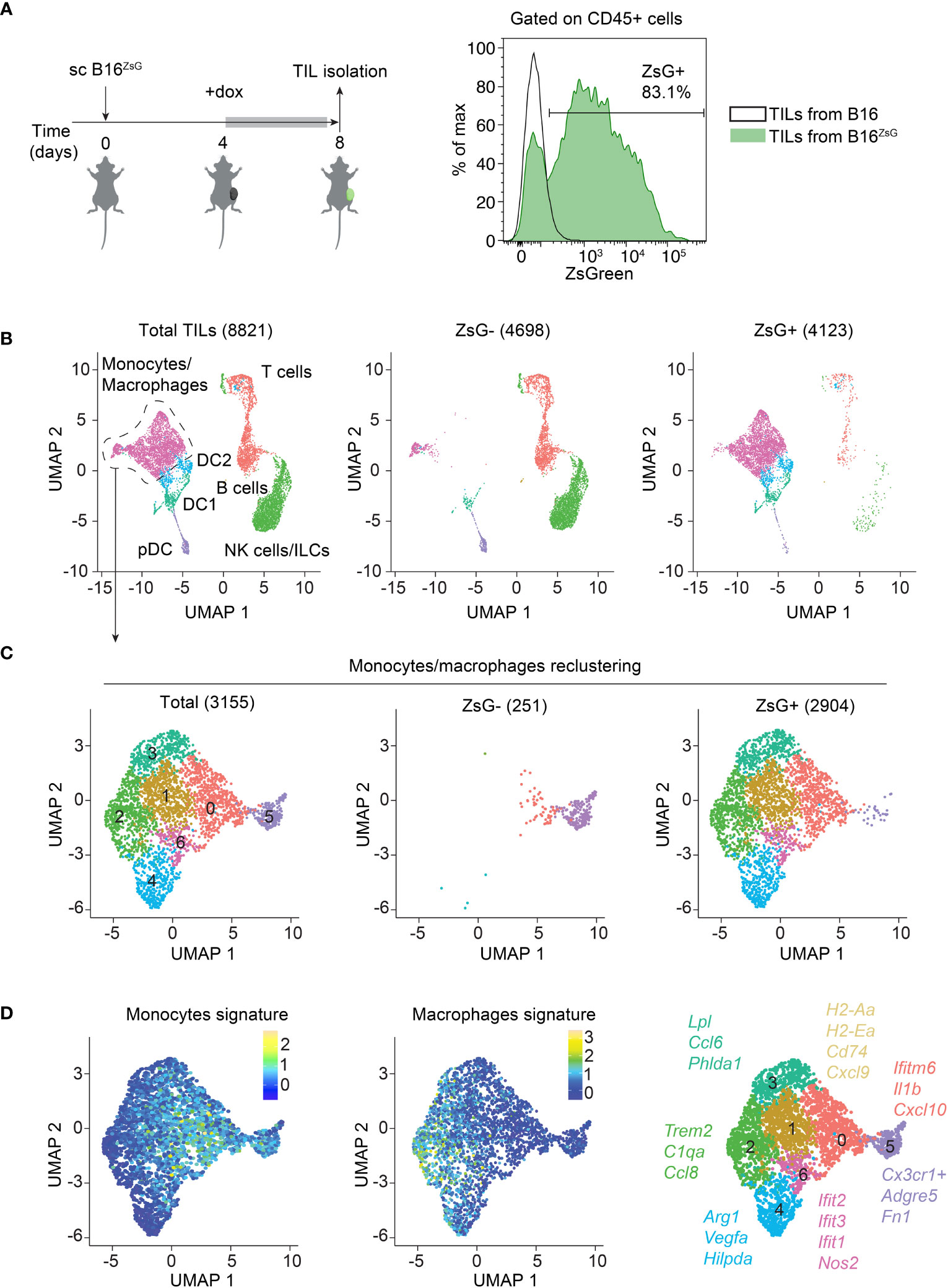2024-01-05 マサチューセッツ工科大学(MIT)
◆吸入器やネブライザーで提供されるナノセンサーにより、肺でがんに関連するタンパク質が検知されると、尿中に蓄積され、簡易な紙のテストストリップで検出できます。これはCTスキャンの代替または補完となり、特に広くCTスキャナーが普及していない低所得および中所得国において重要な影響を与える可能性があります。
<関連情報>
- https://news.mit.edu/2024/inhalable-sensors-early-lung-cancer-detection-0105
- https://www.science.org/doi/10.1126/sciadv.adj9591
吸入可能なポイントオブケア尿診断プラットフォーム Inhalable point-of-care urinary diagnostic platform
Qian Zhong,Edward K. W. Tan,Carmen Martin-Alonso,Tiziana Parisi,Liangliang Hao,Jesse D. Kirkpatrick,Tarek Fadel,Heather E. Fleming,Tyler Jacks,and Sangeeta N. Bhatia
Science Advances Published:5 Jan 2024
DOI:https://doi.org/10.1126/sciadv.adj9591

Abstract
Although low-dose computed tomography screening improves lung cancer survival in at-risk groups, inequality remains in lung cancer diagnosis due to limited access to and high costs of medical imaging infrastructure. We designed a needleless and imaging-free platform, termed PATROL (point-of-care aerosolizable nanosensors with tumor-responsive oligonucleotide barcodes), to reduce resource disparities for early detection of lung cancer. PATROL formulates a set of DNA-barcoded, activity-based nanosensors (ABNs) into an inhalable format. Lung cancer–associated proteases selectively cleave the ABNs, releasing synthetic DNA reporters that are eventually excreted via the urine. The urinary signatures of barcoded nanosensors are quantified within 20 min at room temperature using a multiplexable paper-based lateral flow assay. PATROL detects early-stage tumors in an autochthonous lung adenocarcinoma mouse model with high sensitivity and specificity. Tailoring the library of ABNs may enable not only the modular PATROL platform to lower the resource threshold for lung cancer early detection tools but also the rapid detection of chronic pulmonary disorders and infections.


